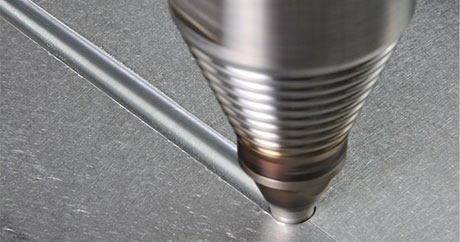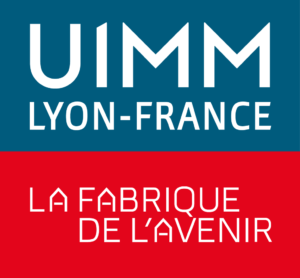Materials for friction stir welding: how to choose?
The right choice of materials for friction stir welding is essential to guarantee the integrity and durability of welds. They react differently in terms of plasticity, thermal conductivity and mechanical behavior.
Unlike traditional welding methods involving the melting of metals, friction stir welding (FSW) uses the heat generated by the friction of a rotating tool to weld in a solid state, without the addition of material.
FSW can be used to join materials that are difficult to weld using conventional processes, such as aluminum, magnesium, copper, titanium or steel. It produces high-quality welds with minimal deformation, even on thick materials.
But which materials are most commonly used in FSW? What are the selection criteria to consider? And what are the specific features of each? TRA-C industrie, experts in FSW welding, shares their advice on choosing the right materials for your application.
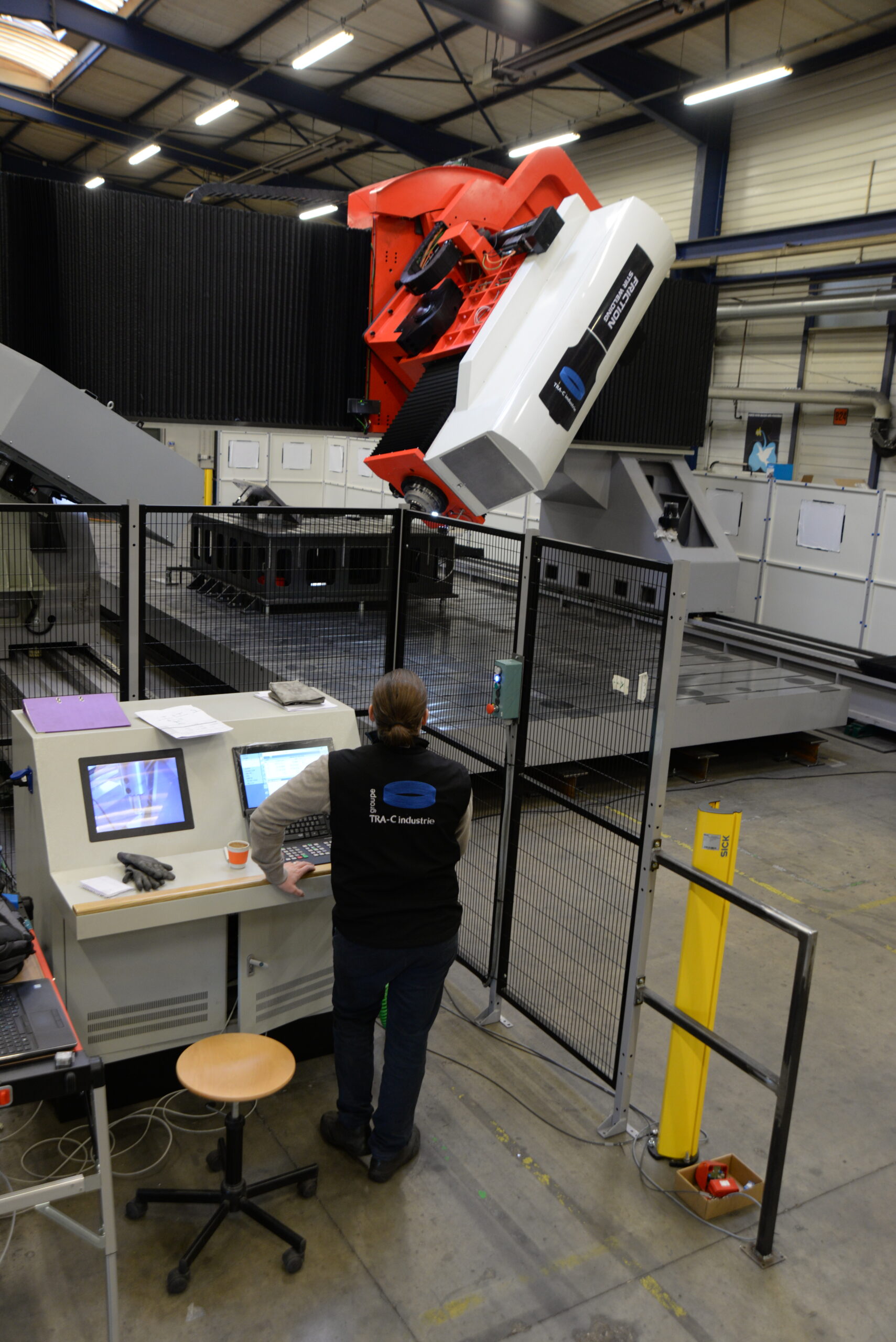
Selection criteria of materials for friction stir welding
The choice of materials for friction stir welding will depend not only on their properties, but also on their specific application. Here are the main factors to consider:
- Mechanical properties: the tensile strength, hardness and ductility of materials primarily determine their ability to withstand the forces applied during the welding process. But clamping tools help to overcome these limitations;
- Thermal properties: materials with high thermal conductivity, such as aluminum or copper, require low-temperature assembly to avoid excessive dissipation;
- Metal similarity: similar alloys, such as aluminum, generally weld well together. Significant differences in material properties can lead to faulty welds;
- Operating conditions: the conditions to which the weld will be exposed also determine the choice of materials. These include extreme temperatures, corrosive environments and mechanical loads;
- Processing: some materials require special preparation and treatment before assembly. This is the case with steel, for example, from which oxides must be removed first;
- Plasticity: finally, it is better to choose materials with sufficient plasticity to allow them to deform without cracking during the welding process.
Materials commonly used in FSW welding
FSW welding is a technique that is suitable for a wide range of metallic and composite materials. Here’s an overview of the most commonly used materials for friction stir welding:
- Aluminum: aluminum is one of the most popular materials for friction stir welding. Lightweight, it offers excellent thermal and electrical conductivity and good resistance for corrosion. FSW can weld both standard and high-density aluminum (2xxx, 5xxx, 6xxx, 7xxx);
- Copper: copper is highly conductive, both thermally and electrically, which makes it necessary for certain electrical applications;
- Titanium: it has excellent mechanical strength, comparable to that of steel, but it is much lighter. Titanium is also resistant to corrosion in many aggressive environments, including seawater and chemical environments;
- Steel: although more difficult to weld with FSW than aluminum, steel offers excellent mechanical strength and good durability, but lower thermal conductivity.
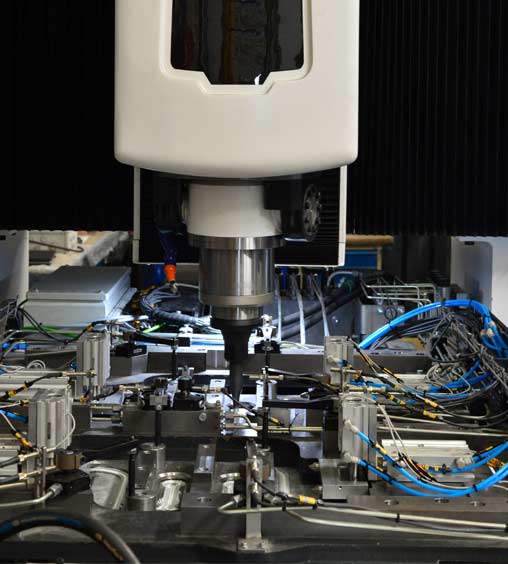
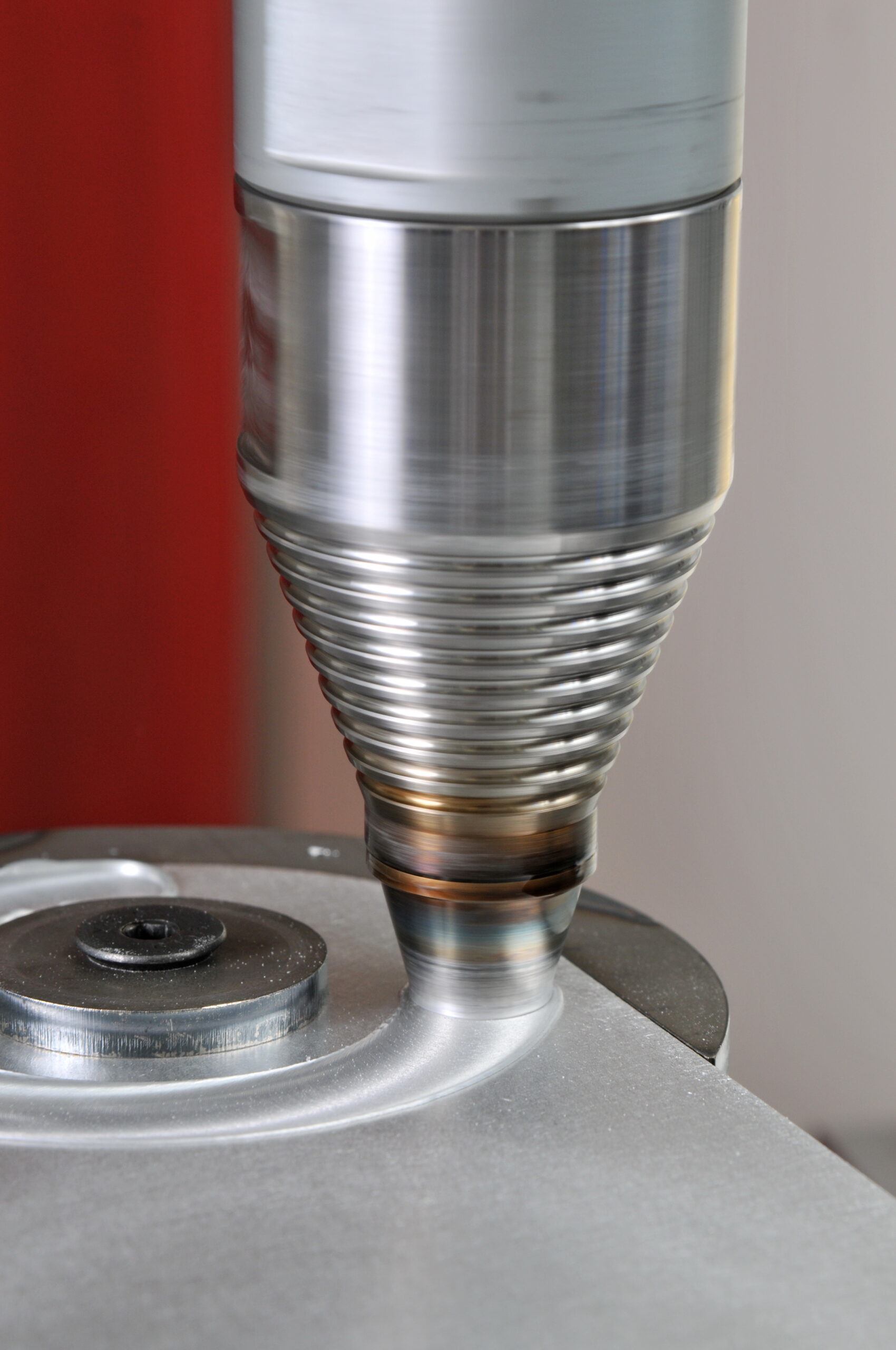
Comparison of materials for friction stir welding
In order to adapt welding parameters, it is essential to consider the behavior of materials for friction stir welding. Here’s a comparison of the advantages and drawbacks of the FSW process:
- Aluminum: FSW can be used to join aluminum alloys that are difficult to weld using conventional methods. However, welding parameters must be precisely controlled to avoid defects such as cavities and cracks;
- Copper: FSW produces high-quality welds with low distortion and improved mechanical properties. But the assembly temperature must be controlled because of copper’s high thermal conductivity;
- Titanium: welding this material is difficult due to its hardness, low melting temperature and contamination when exposed to air. By adjusting weld parameters, FSW makes it possible to meet these challenges while guaranteeing optimum quality;
- Steel: finally, steel welds are more resistant to impact and fatigue with FSW than with conventional welding methods. However, FSW requires wear-resistant tools, due to the density of the material.
Industrial applications of FSW based on materials
Materials for friction stir welding are used in a variety of sectors, depending on their mechanical properties and ease of processing. The main industrial applications include:
- Aerospace industry: aluminum is widely used for fuselage and wing assembly. It reduces aircraft weight while maintaining structural integrity. Titanium alloys offer excellent mechanical properties, particularly in high-temperature environments such as engine components;
- The automotive sector: aluminum is used to manufacture light, resistant chassis and body structures. This improves vehicle performance and energy efficiency, particularly in e-mobility. FSW is also suitable to the assembly of battery trays, as it allows welding around electrical components without damaging them;
- Shipbuilding: corrosion-resistant aluminum is used for ship hulls and superstructures. Stainless steel, on the other hand, is perfect for tanks and piping in aggressive marine environments;
- The rail industry: here again, aluminum’s properties make it the ideal material for designing lightweight, high-strength train bodies. Components requiring high mechanical strength, such as frames and structures, are made of steel;
- The energy sector: heat exchangers and piping are often made of copper or aluminum, excellent thermal conductors. With its high conductivity, copper is also used for electrical components.
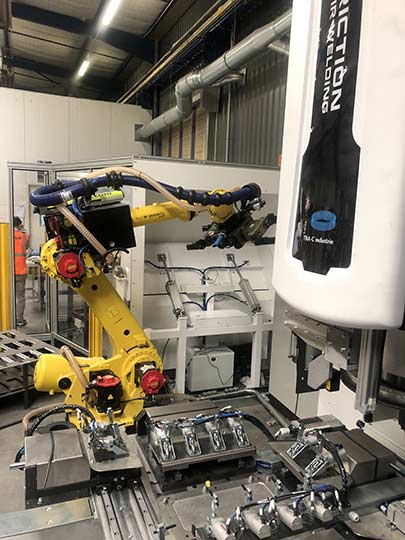
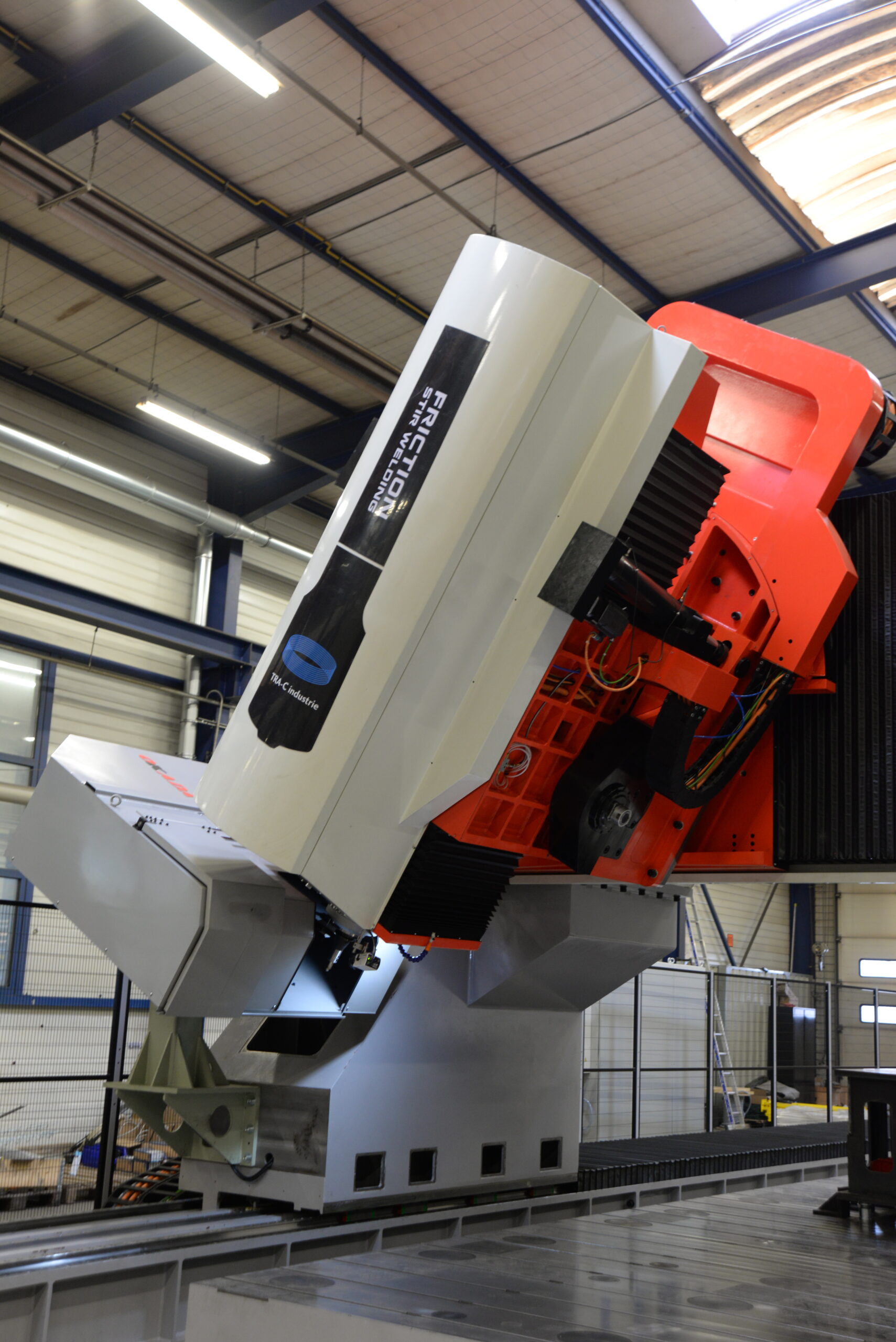
Recent innovations and research on FSW materials
FSW is a constantly evolving field. Ongoing innovation and research are aimed at improving materials for friction stir welding and processes. This enables to meet the growing challenges of modern industries.
Major advances include the development of new aluminum alloys, such as the 7000 series (Al-Zn-Mg). They offer mechanical strength comparable to that of certain steels, but they are lighter.
At the same time, studies on the effects of microalloying and numerical modelling are interesting to predict the thermal and mechanical behavior of steel welds. High-performance stainless steels are more resistant to corrosion and wear.
Friction stir welding of steel is particularly demanding due to the temperatures required and the mechanical strength of this material. Tools made of nickel-based superalloys or including internal cooling systems can withstand high temperatures and wear.
Aluminum, on the other hand, has a low melting temperature. New welding tools are designed to reduce friction and heat generation. This minimizes deformation of aluminum welds. Finally, the use of adjustable shoulders can adapt to variations in the thickness of the parts to be welded.
TRA-C industrie guides you in your choice of materials for friction stir welding
The right choice of materials for friction stir welding enables engineers to improve the performance, durability and efficiency of their assemblies. All while reducing production and maintenance costs!
Expert in friction stir welding for over 20 years in Europe, certified ISO 9001 and in compliance with NF EN ISO 25239, TRA-C industrie offers you its expertise in selecting the right materials for your applications.
We’re at your side at each stage of your project, from design to management of all your welding operations. We can also design, integrate, manufacture and maintain your machines, industrial robots and automation systems...
Thanks to our technical design office and R&D department, we also imagine innovative FSW solutions. Finally, we offer training and technical assistance in France and abroad.


